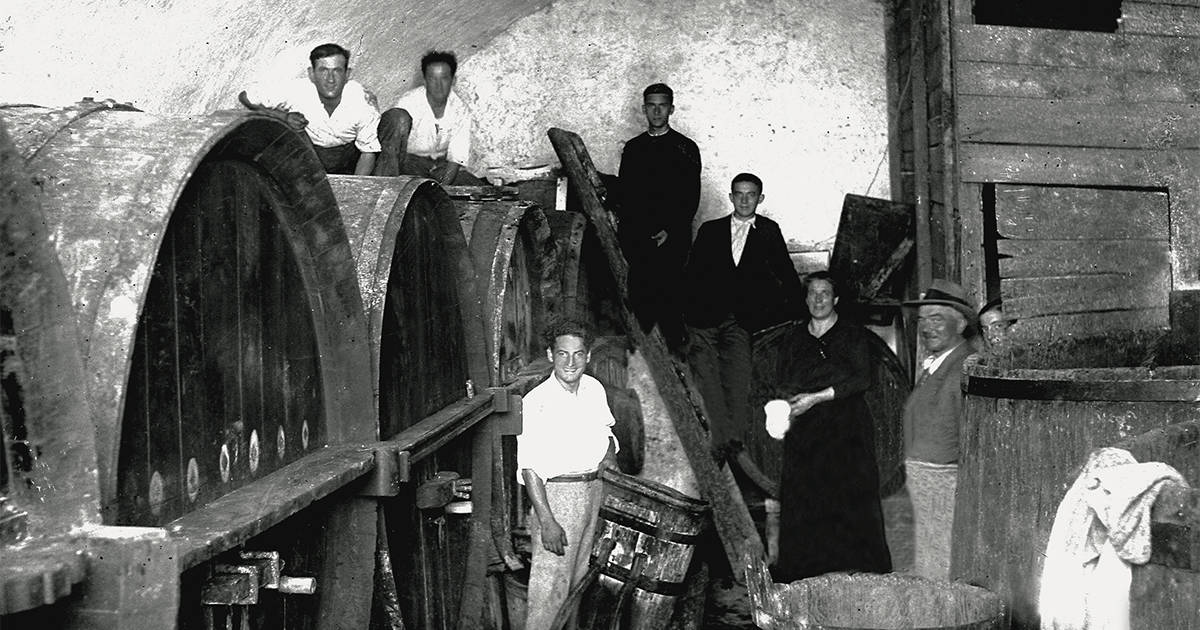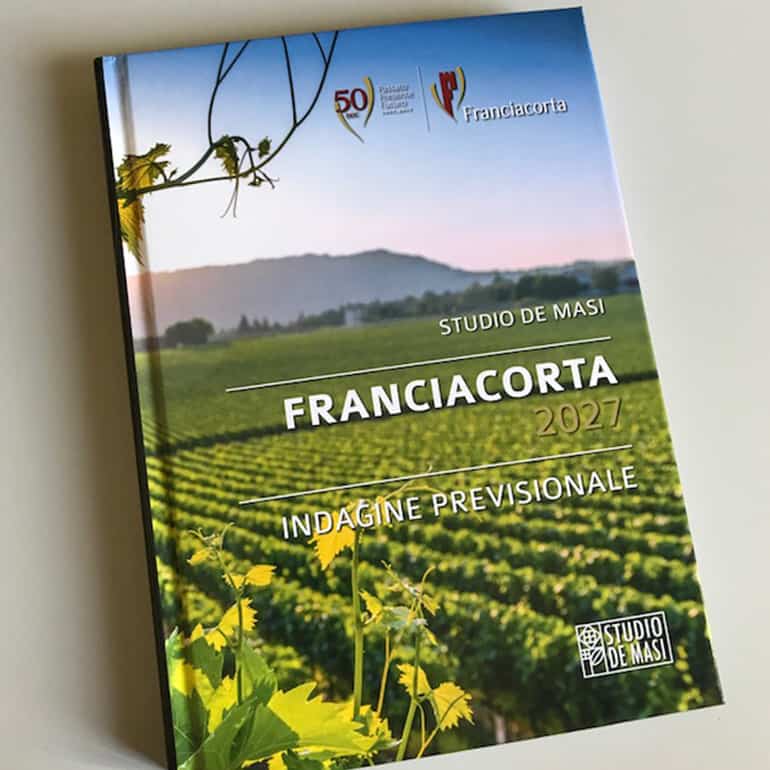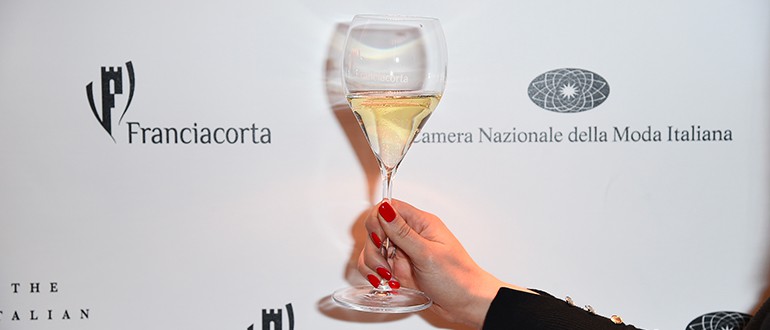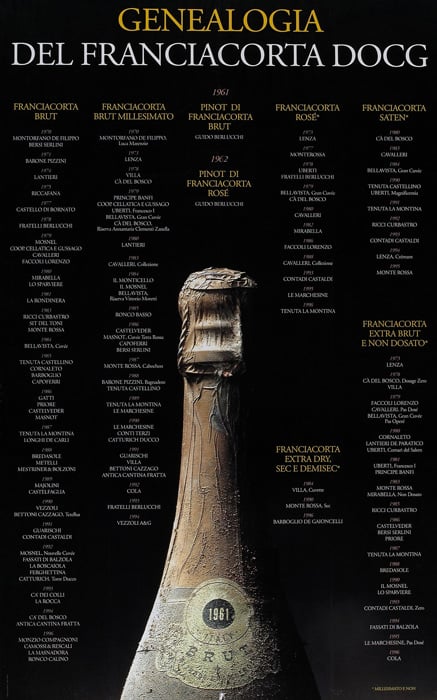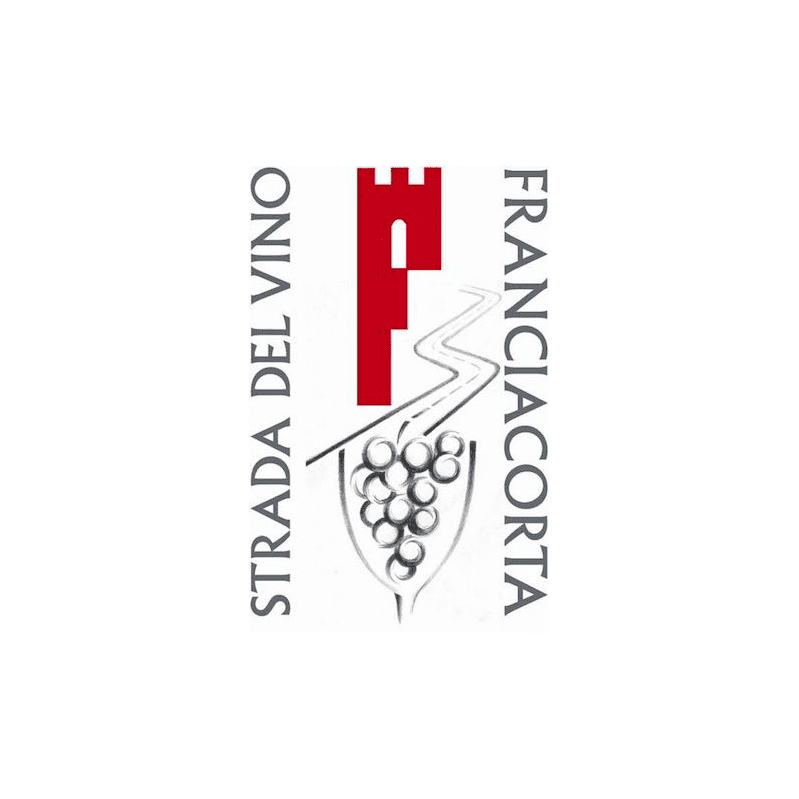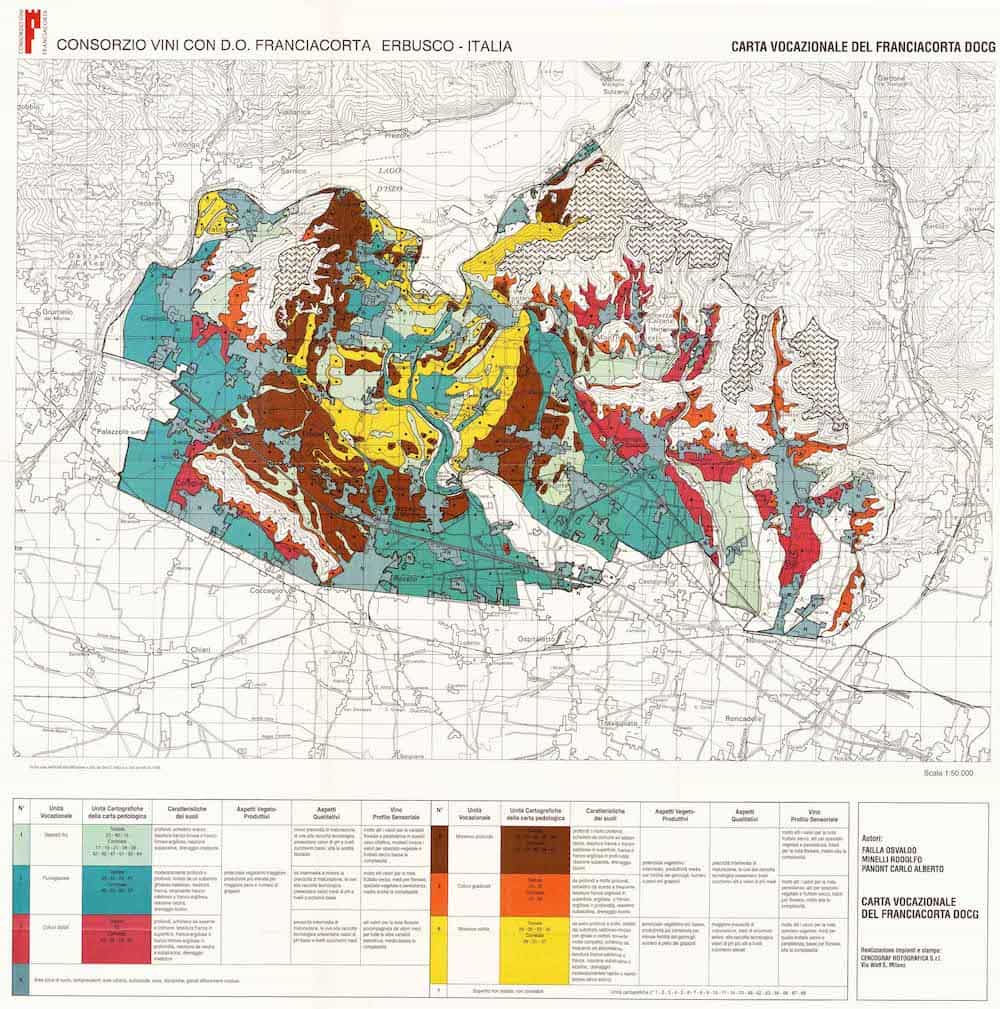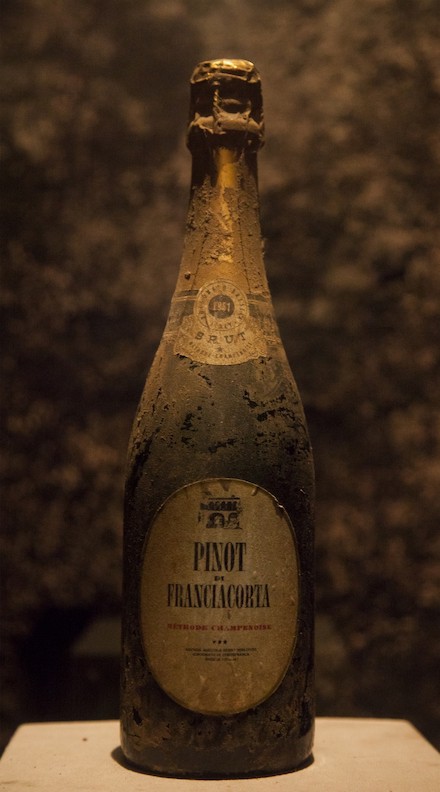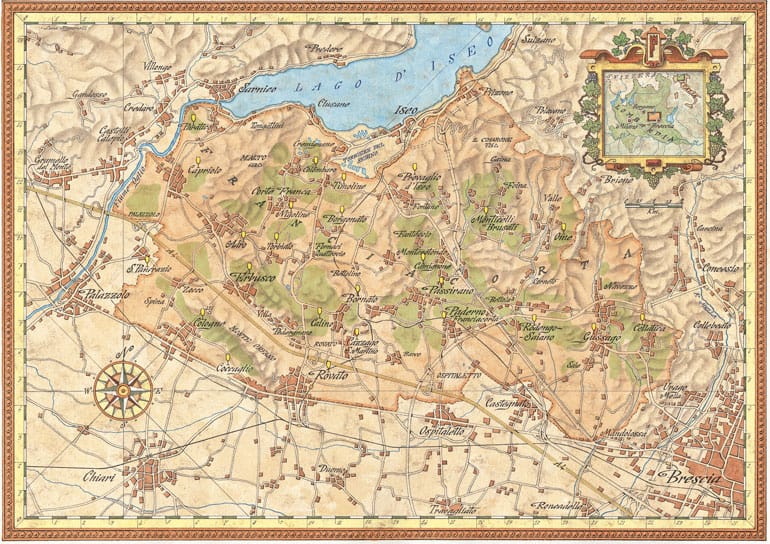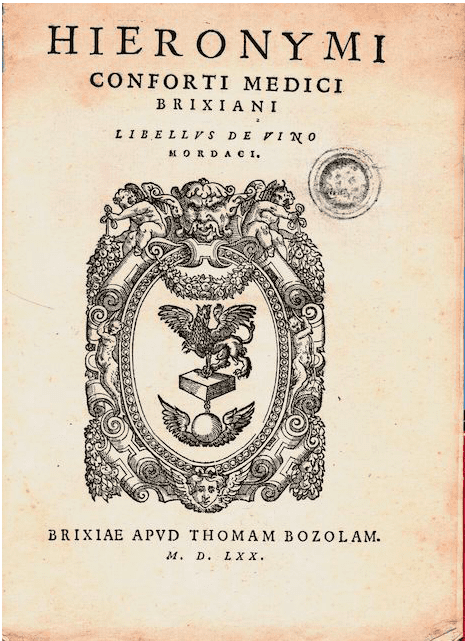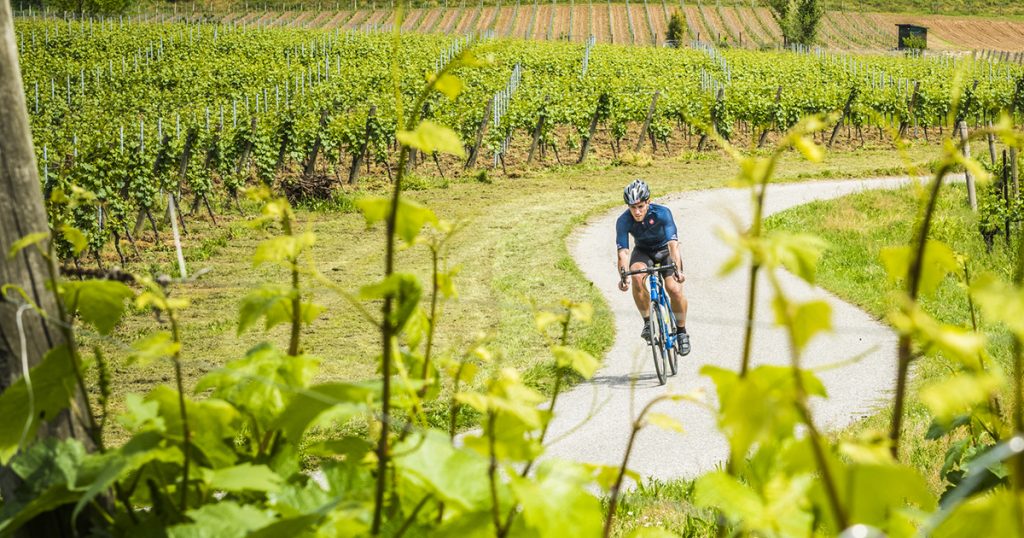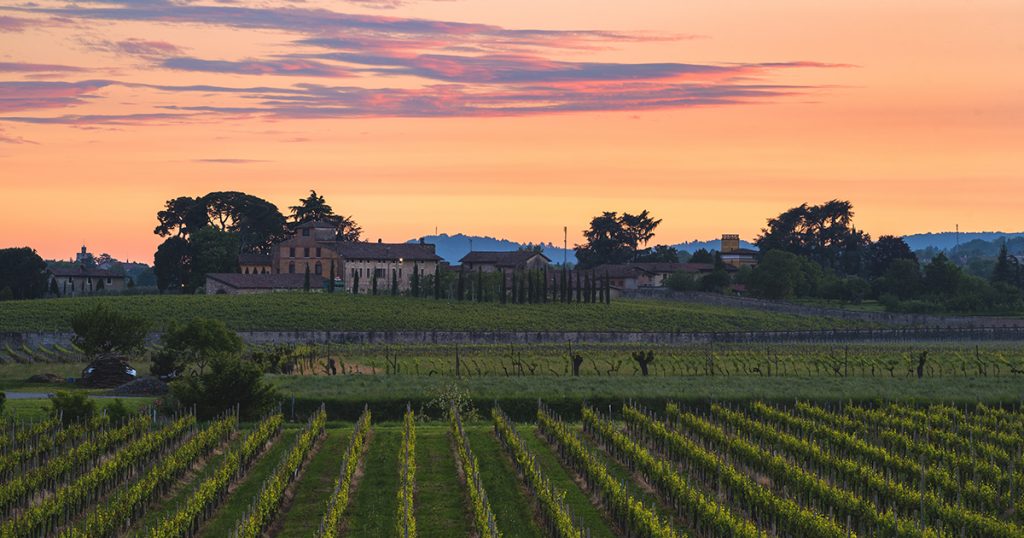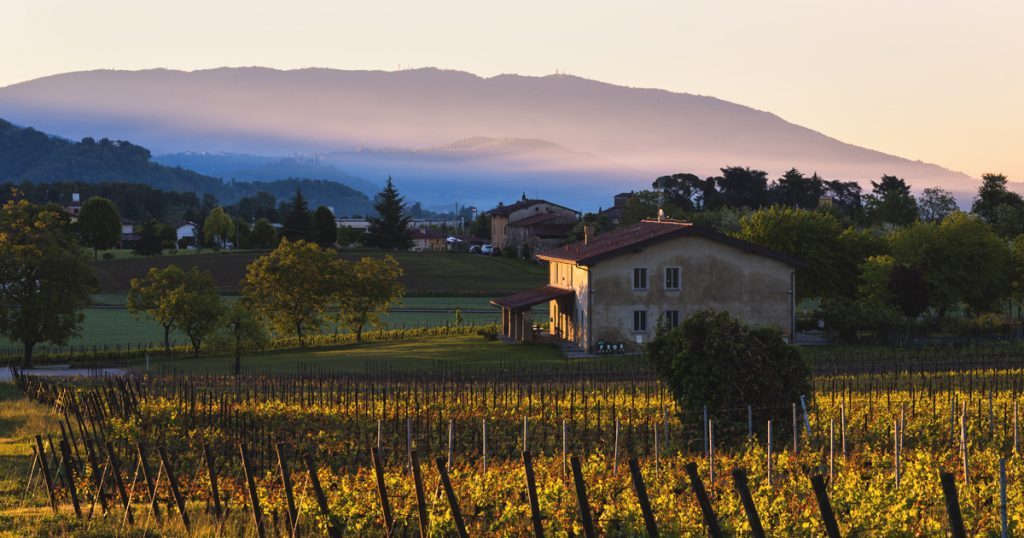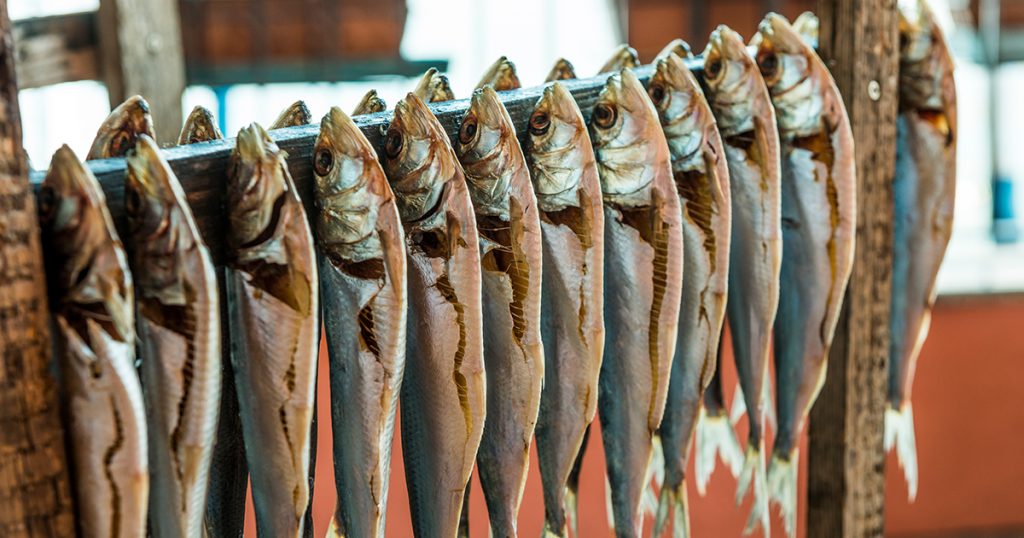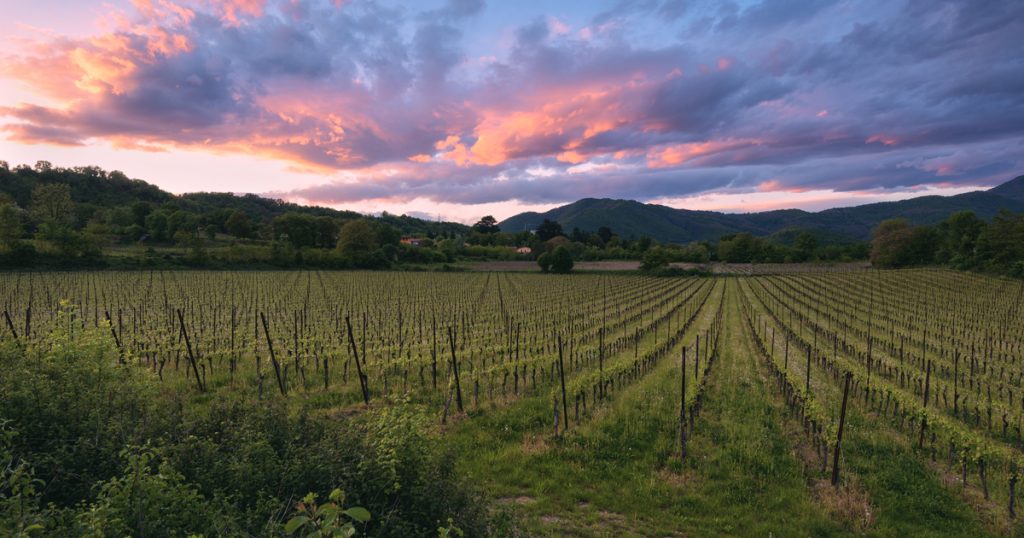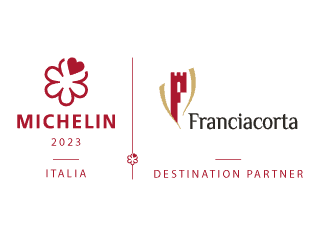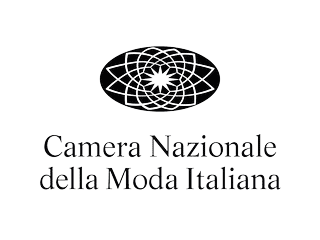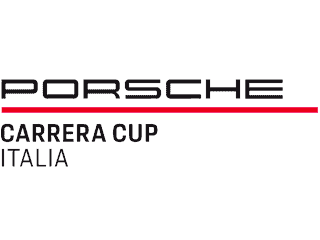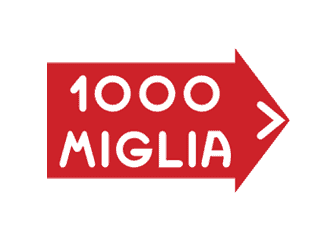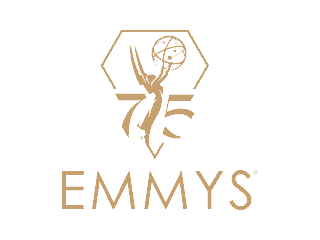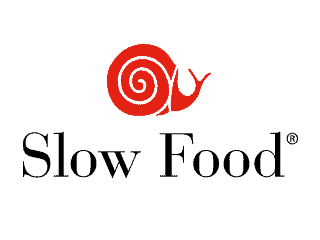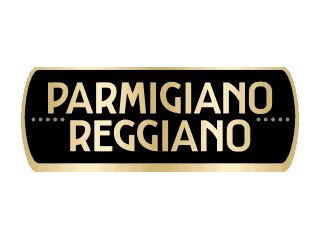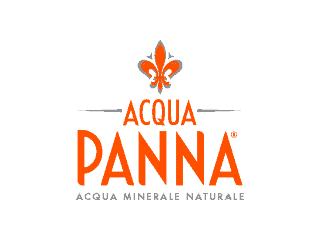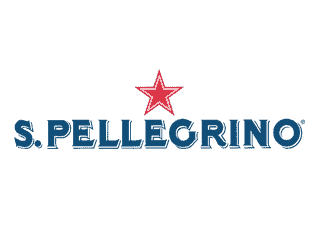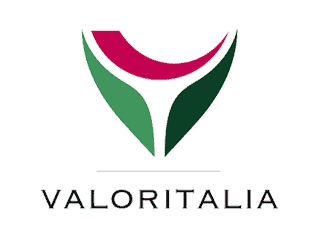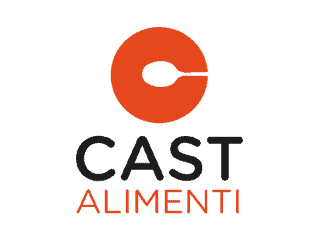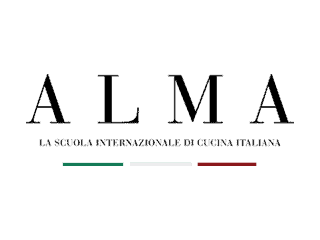Watch the timeline or read our story
Franciacorta这个名字在许久以前就有了,但是名字的来源是个谜,至今仍激发着我们无数的遐想。
最可信的一个假设是,它来自于免税交易区(Francae Curtes)或自由之地(Free Courts),据信,在十一世纪伴随克卢尼僧侣的到来,他们在拉莫萨圣彼特罗(San Pietro)建造的一座修道院(一座至今仍屹立的建筑),这片区域被宣布免除税赋。
这个名叫“Franzacurta”的地方第一次出现在1277年的布雷西亚的城镇县志中,县志中具体指出这个区域的地理位置是从西面的奥格里尔(Oglio)河到东边拉艾提安(Rhaetian)山(阿尔卑斯山的一段)低矮的山脚,这座山脉隔断了卡莫妮卡(Camonica)山谷和特伦比亚(Trompia)山谷。在北面接壤伊赛奥(Iseo)湖,而南面则至奥法诺(Orfano)山。
自16世纪以来,馥奇达已经开始酿造起泡酒,而酿造静止葡萄酒的历史还要早,很长一段时间以来只提供给当地居民消费。 当时的葡萄栽培技术和市场有关的各种原因使馥奇达的发展受阻。1950年代后期酿酒师们重新燃起对馥奇达的兴趣,那时,突然间,人们对该地区酿造适合于起泡酒的基酒的潜力重新有了信心。
1967年,因为一群少数生产商受到意大利有关原产地名称的新法律的积极影响,在一直坚持不懈的努力下馥奇达产区被授予了官方认可。
Pinot di Franciacorta DOC由白皮诺酿造,可以包括灰皮诺和黑皮诺,并在瓶中或容器中自然发酵。
70年代初为意大利葡萄酒的复兴奠定了基础,馥奇达扎实的基础已经开始酿造优质起泡酒。企业家和企业高管陆续在馥奇达购置土地来种植葡萄园为他们自己和朋友们的酿造优质葡萄酒。但是,这种的行为显然不能满足当地的伦巴第人,这些葡萄园很快就变成了“酿酒实验室”。不久组成了第一个由十二个生产商加入的组织。容器中的二次发酵当时依然可以使用,但是即使如此,大多数生产商还是选择更具挑战性的瓶中二次发酵。
80年代馥奇达涌入一大批企业家,他们来寻找新的或改造的葡萄园,他们具有可贵的精神和实际的行动,以及成功的决心,即使他们不是来自酿酒世家。他们积极邀请葡萄酒专家来提高葡萄酒的质量。
那时霞多丽与白皮诺两个葡萄品种也被明确区分开来,霞多丽在馥奇达完美绽放光芒。
到1983年,最初的50公顷葡萄园也扩大到550公顷,Pinot di Franciacorta的销售量突破了100万瓶,而当时的酒庄数量也翻了一番。 1990年代始于自愿联盟的成立也标志着馥奇达和馥奇达 DOCG新时代的开始。
TIMELINE
Franciacorta became Michelin Destination Partner.
A record-breaking year for Franciacorta with over 20 million bottles sold.
Franciacorta became 1000 Miglia and 1000 Miglia Green race wine partner.
The Giro d’Italia cycling race had a Franciacorta Stage.
Silvano Brescianini was elected President of the Franciacorta Consortium.
On the occasion of the 50th anniversary of the DOC, a research project was entrusted to Domenico De Masi’s sociological research studio which sought to outline Franciacorta’s aspirations and prospects and the challenges facing it over the next decade.
The production regulations were amended and a new indigenous grape variety, Erbamat, added.
Lake Iseo and Franciacorta hosted Christo and his Floating Piers, one of the long-awaited late works by this renowned Bulgarian artist, a three-kilometer walkway covering a surface area of approximately 70,000 square metres.
Franciacorta was made Official Sparkling Wine for Expo Milan 2015 with an exclusive wine bar on site.
Vittorio Moretti became President of the Franciacorta Consortium.
A partnership with the Fashion chamber of commerce was inaugurated and Franciacorta became Milan Fashion Week’s official sparkling wine.
New restrictions were introduced to the Franciacorta production regulations, making them stricter for quality purposes, thus confirming the Franciacorta regulations as the strictest for this type of wine.
The Franciacorta Consortium redesigned its brand Identity to better represent its quality leadership. The new logo was a battlemented F, symbolising strong values and principles with two attention-grabbing symbols ‘embracing’ and forming a glass shape.
Maurizio Zanella was elected President of the Franciacorta Consortium.
The new Franciacorta DOCG, Curtefranca DOC (replacing Terre di Franciacorta) and Sebino IGT regulations were published in the Official Journal.
30th December 2004. On explicit request by the Consortium, a decree regulating the use of the Talento wording by Italian VSQPRDs and VSQs excluded the Franciacorta DOCG area from making use of this option in its appellation. This amounted to an express acknowledgement by the Ministry of Franciacorta’s excellent quality and distinctive characteristics.
The Decree mandating the Consortium to perform a supervisory role, also known as Erga Omnes, was published in the Gazzetta Ufficiale [Official Journal] (Ministerial Decree dated 29/5/2001) . The Consorzio per la tutela del Franciacorta was one of the first consortia in Italy to enforce this decree, in addition to the routine oversight it had been performing since 2000.
Ezio Maiolini was elected President of the Franciacorta Consortium.
With the new EC 753/02 Regulations, Franciacorta wine started to be designated by the word Franciacorta only, with no further description including the DOCG mention, on the grounds of its renown.
The first organic Franciacorta was made.
The Strada del Franciacorta (Franciacorta route) was set up for the purposes of promoting and developing the area’s tourist potential.
On 22nd-25th September the first Franciacorta Festival took place, an event which is still today celebrated in September across the entire area.
Claudio Faccoli became President of the Franciacorta Consortium.
Giovanni Cavalleri became the new President of the Franciacorta Consortium.
On 1st January the first bottles of Franciacorta with the unmistakable DOCG state seal were released.
Approval of the viticultural code.
A self-regulation document, it developed out of the technical production rules and is stricter than the production regulations.
The Consortium’s logo became the sole Franciacorta DOCG identifier and it was the first Italian brut to obtain ‘guaranteed’ status. In September of the same year, the Consortium approved the Franciacorta DOCG regulations. The Satèn trademark, which only Consortium members are entitled to use, was registered.
New production regulations required natural bottle fermentation as the only permitted sparkling winemaking method;. Metodo Classico was removed from the label and a compulsory grape production area was introduced.
Riccardo Ricci Curbastro was elected President of the Franciacorta Consortium.
A viticultural zoning study was set in motion.
On 22nd March, the Technical Production Rules were approved and the Franciacorta trademark was registered in Italy the following November.
On 5th March, the voluntary Consortium for the protection of Franciacorta wine was set up, with registered offices in Corte Franca. It had 29 producer members. Its President was Paolo Rabotti.
Franciacorta was granted Controlled Designation of Origin status by Presidential Decree.
The first-ever bottle of Franciacorta was produced, thanks to oenologist Franco Ziliani.
The first geological study on Franciacorta’s viticulture, by the Anti-Phylloxera Consortium of Brescia, led to important ante litteram zoning work demonstrating just how advanced the area’s winemaking was in the early 1900s.
A book entitled Dell’arte di fare, conservare e migliorare i vini nel Regno (How to make, store and enhance the kingdom’s wines) with a posthumous excerpt by Count Dandolo of Adro, contained pictures illustrating how to decant the ‘frothy’ wines, which were already traditional in the area.
The Napoleonic Land Registry certified the existence of almost 1000 hectares of vineyards in Franciacorta, far more than would have met the needs of the 40,000 inhabitants at the time, thus demonstrating that, even then, the wine was not made only for local consumption but also for sale.
Girolamo Conforti, a Brescia-born physician, wrote his Libellus de vino mordaci describing the bubbly wines of the area, which he defined as lively, i.e. effervescent.
In his book about agriculture, Agostino Gallo, an eminent agronomist from Brescia, mentioned Albamatta (today’s Erbamat), an indigenous grape variety now encompassed by the Franciacorta production regulations.
An aristocratic plot handed over the city of Brescia to the Republic of Venice. The tall battlemented towers which are so characteristic of Franciacorta began to appear at this time.
The name Franciacorta, designating the land between Brescia and Lake Iseo, appeared for the first time in 1277, in reference to the ‘curtes francae’, a duty-free trade area.
